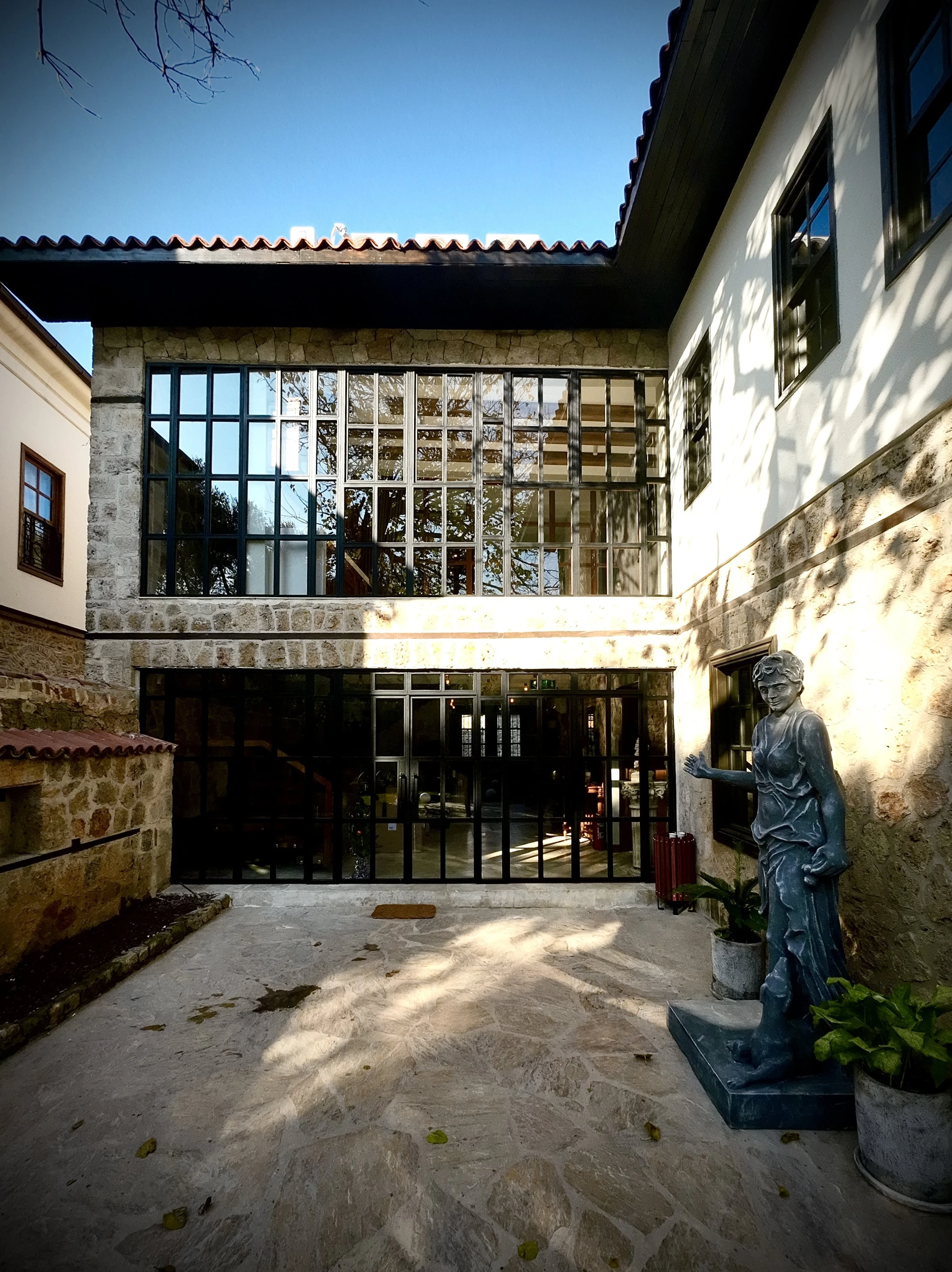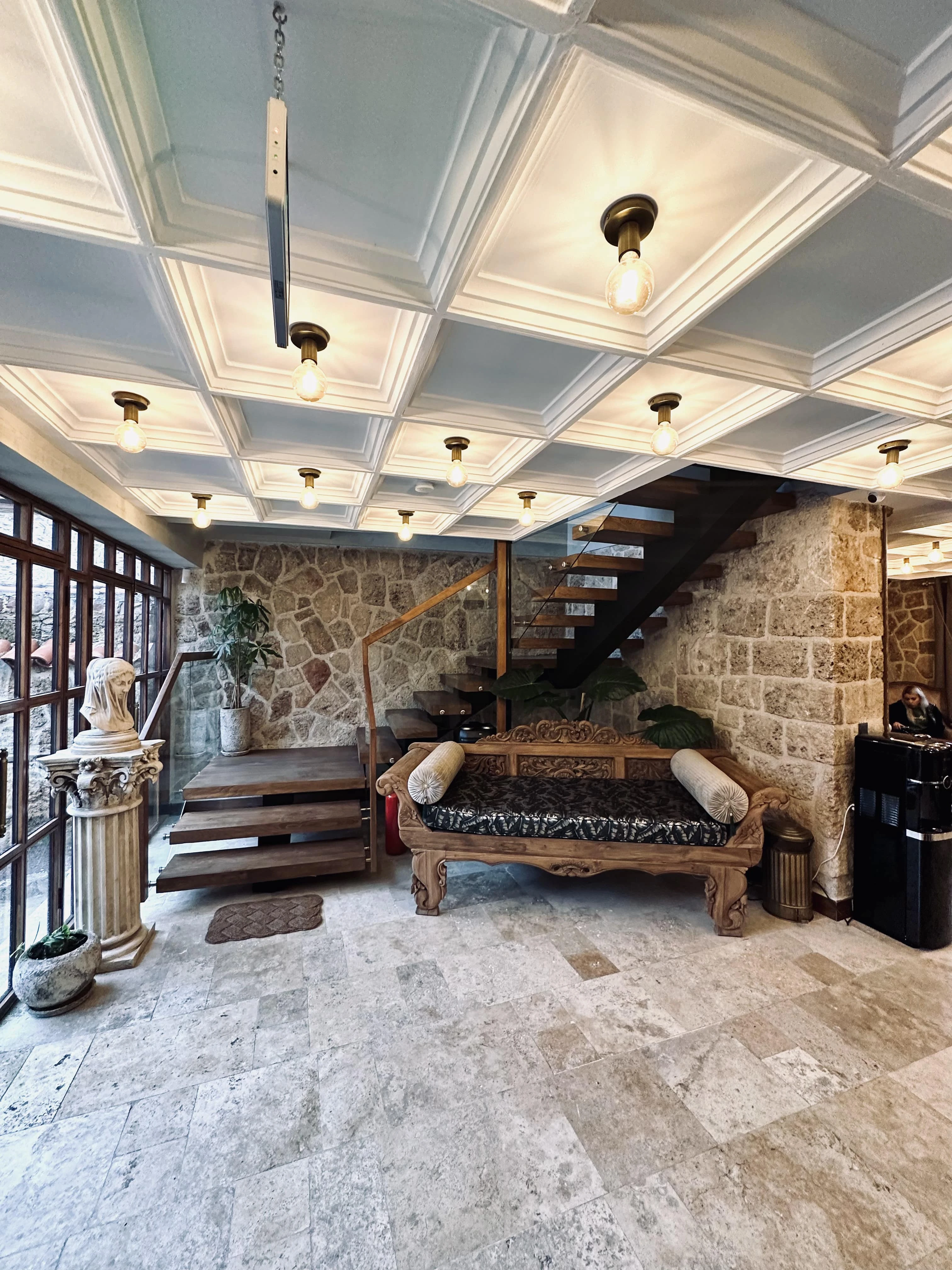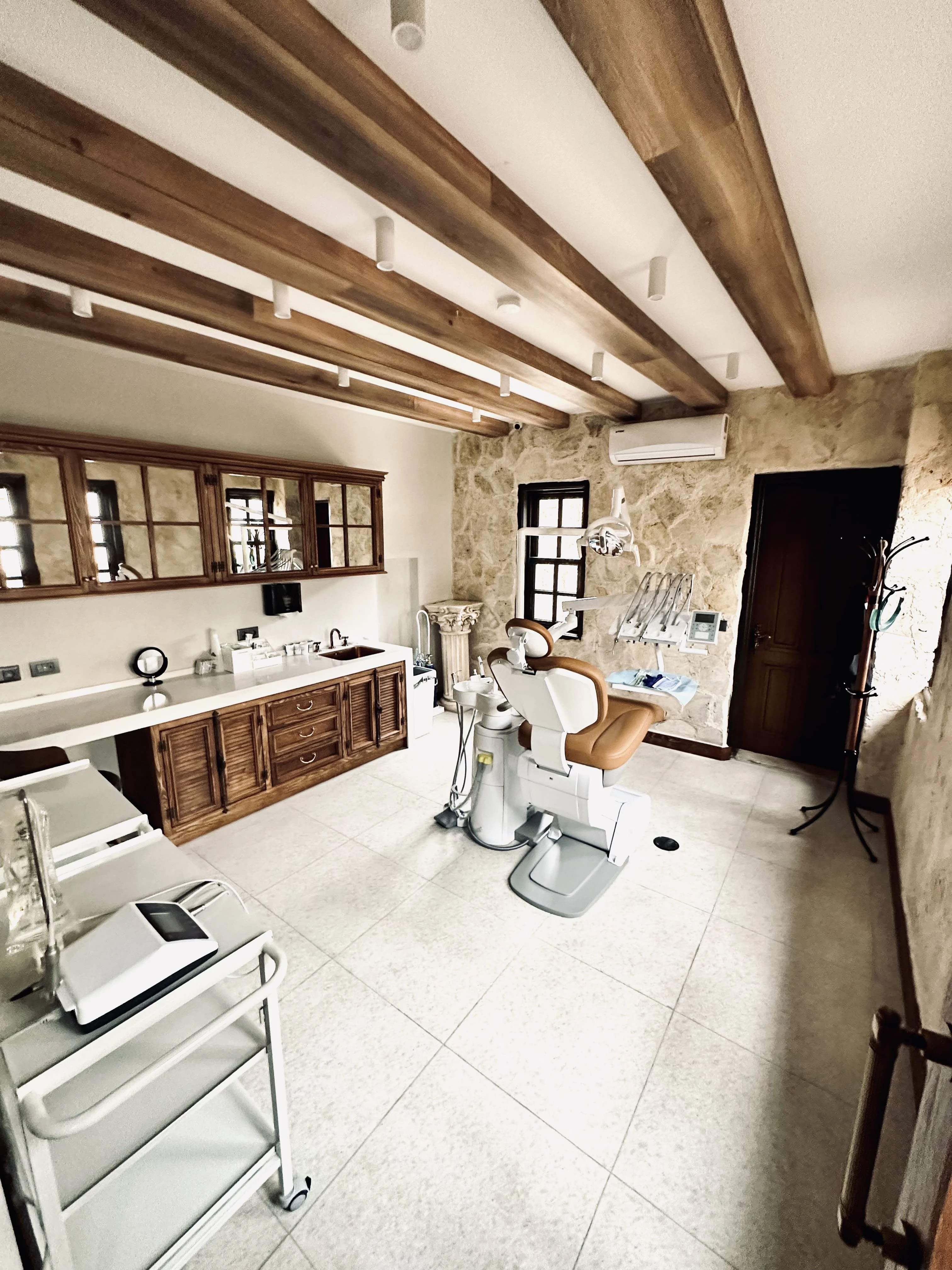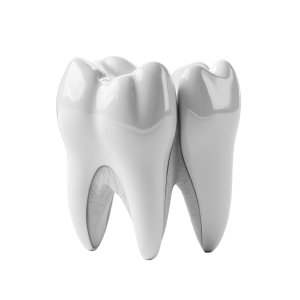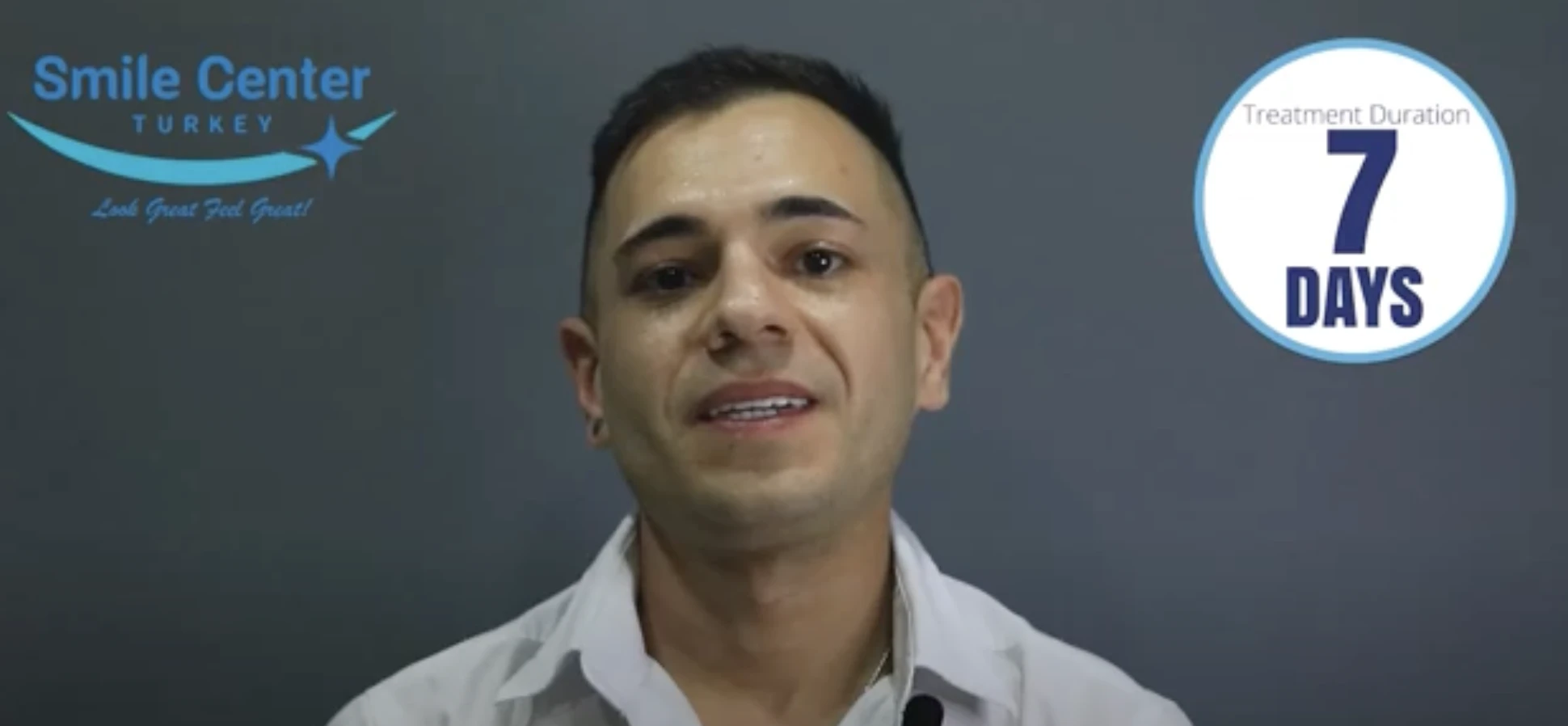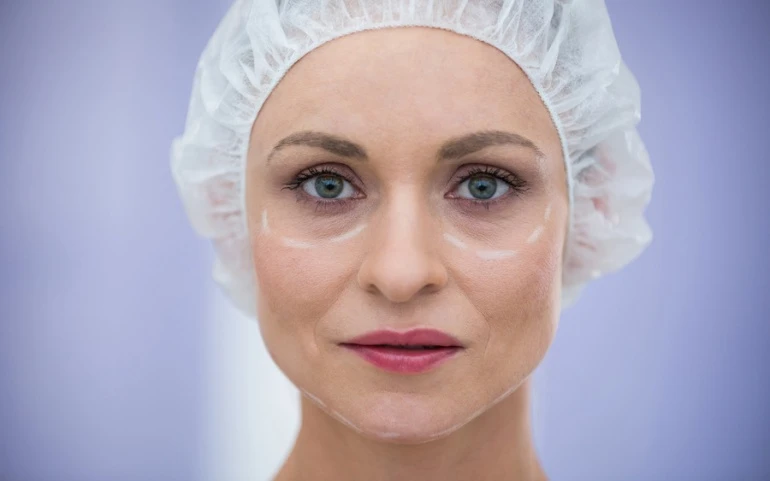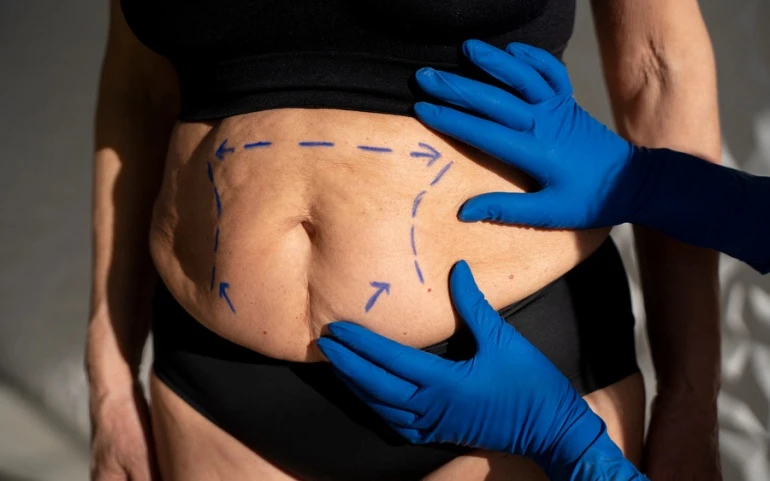Otoplasty procedure begins with a comprehensive consultation between the patient and the surgeon. During this initial stage, the patient's concerns, expectations, and desired outcomes are thoroughly discussed. A detailed examination of the ears is conducted to assess specific features that require adjustment.
Before commencing the surgery, anaesthesia is administered to ensure the patient's comfort. The choice of anaesthesia—whether local or general—is determined based on the extent of the procedure and the patient's preferences.
During otoplasty, the surgeon strategically makes incisions behind or within the natural creases of the ears. These incisions provide access to the ear cartilage, allowing for sculpting or removal of excess cartilage to achieve the desired ear shape and positioning. The reshaped cartilage is then secured using internal sutures to ensure stability and long-lasting aesthetic improvements. The incisions are carefully closed with fine sutures to minimize scarring and promote optimal healing.
After the Otoplasty procedure, patients receive detailed postoperative care instructions. This includes guidance on activities to avoid, the use of prescribed medications, and the application of cold compresses to manage swelling.











